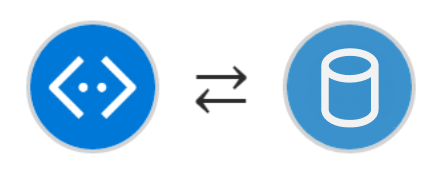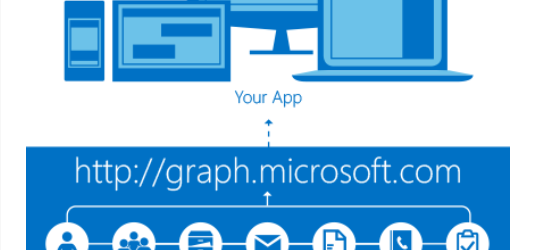Not long ago, I wrote an article about using data and the Bot Framework to manage a conversation. The driving idea behind that article was about using a graphical editor to make changes to a conversation without requiring any additional coding. The more I thought about that idea, I wondered if it could be extended […]
.NET
Using data to build a Bot
Over the past weeks, I’ve spent quite a bit of time exploring the new Microsoft Bot Framework. During that exploration, what becomes clear immediately is that the resulting application is somewhat rigid (like most applications). The conversation of the bot is coded directly into the bot, which means that a change to the conversation requires […]
More about the Microsoft Graph .NET Client Library
A couple weeks ago, I posted an article about an Intro to the Microsoft Graph .NET Client Library. That article was really focused on setting up the environment and making some initial calls to retrieve some data. This article is focused on some additional operations, as well as some more advanced capabilities of the Microsoft […]
Intro to the Microsoft Graph .NET Client Library
A month or so ago, the Microsoft Graph .NET Client Library was released. Working with the Graph client has largely been direct web requests up until now, so the client library is a welcome addition. However, as I started to explore the library, I discovered that finding documentation was a bit challenging. This is a […]
The Help Desk demo, Part 8–Deploying to Azure
What good is an application if folks can’t actually use it? So far, we’ve just been running and testing the application in Visual Studio. That’s all fine and well, but asking our Help Desk operators to fire up Visual Studio each time they need to go to work just doesn’t really seem feasible. We could […]
The Help Desk demo, Part 7–Wiring it all up
To this point, we’ve been creating the building blocks that will enable our Help Desk dashboard. Let’s take all of that effort and put it to good use! There are some changes to the various _Layout.cshtml files and such, but the site is driven completely by Home/Index.cshtml, so let’s start there. The home screen contains […]
The Help Desk demo, Part 6–SharePoint Announcements
The Help Desk dashboard needs to be able to display any current Announcements from the Operations team. The idea is that the Operations team has a SharePoint team site and has added a standard Announcements app. When useful bits of information need to be made available, they add a new announcement to the app. It […]
The Help Desk demo, Part 5–SQL Azure
For the Help Desk dashboard to keep track of the current Support Tickets, we need to store and retrieve that information from a database. In our case, we’ll utilize SQL Azure because cloud stuff is awesome! Really, our database is incredibly simple. I won’t cover creating a SQL Azure database in depth since there are […]
The Help Desk demo, Part 4–Microsoft Graph
Admittedly, this is the section of the application that I’m most excited about, since it’s brand spanking new technology. Sure, it’s been around for a while as the Unified API, but now it’s officially official and it’s called the Microsoft Graph. The Microsoft Graph is a REST based service that provides a single endpoint to […]
The Help Desk demo, Part 3–Authentication
Now that we have our application configured in Azure, we need to update the Startup.Auth.cs class (in the App_Start folder) so that the application can utilize Azure Active Directory authentication for the users. The Startup.Auth.cs class looks like this. using System;using System.IdentityModel.Claims;using System.Threading.Tasks;using System.Web;using Microsoft.Owin.Security;using Microsoft.Owin.Security.Cookies;using Microsoft.Owin.Security.OpenIdConnect;using Microsoft.IdentityModel.Clients.ActiveDirectory;using Owin;using BusinessApps.HelpDesk.Models;using BusinessApps.HelpDesk.Helpers; namespace BusinessApps.HelpDesk{ public partial class Startup { […]


